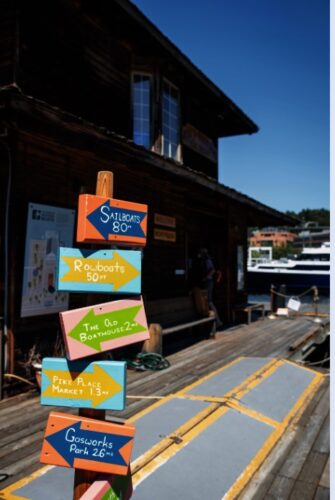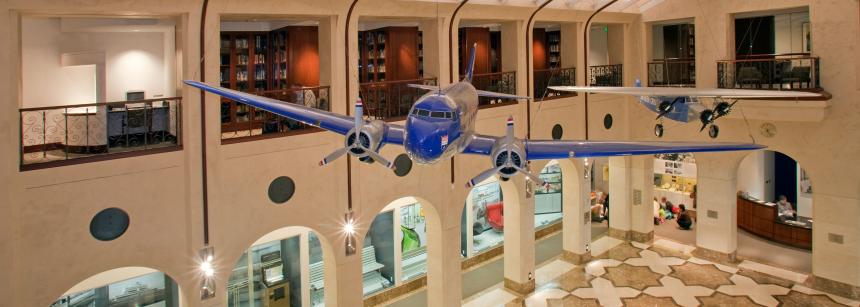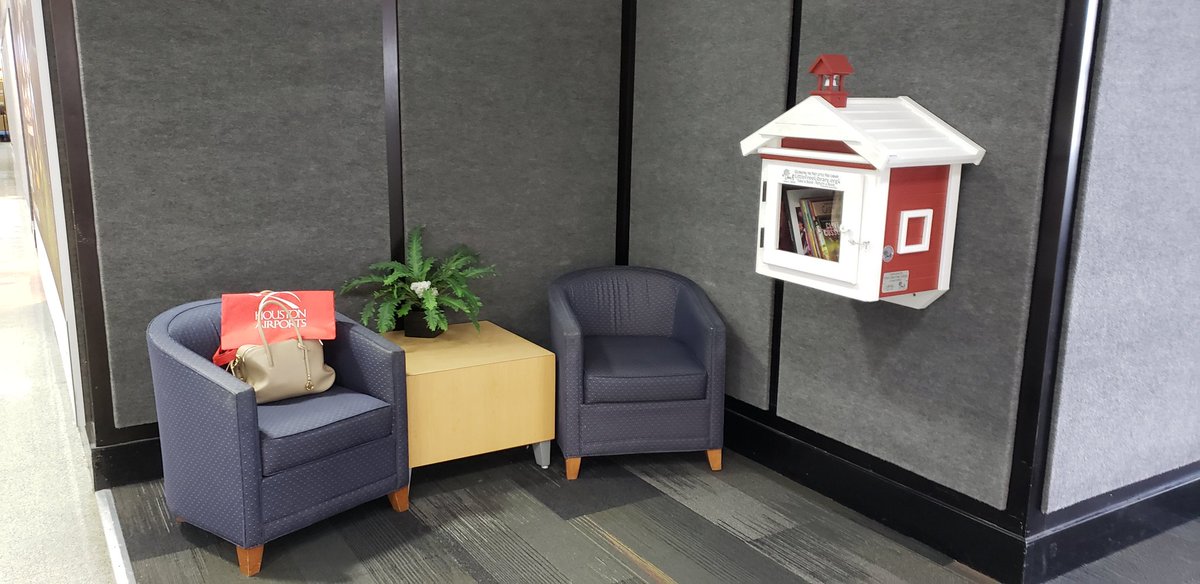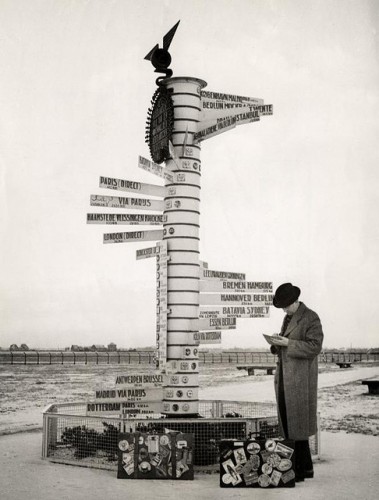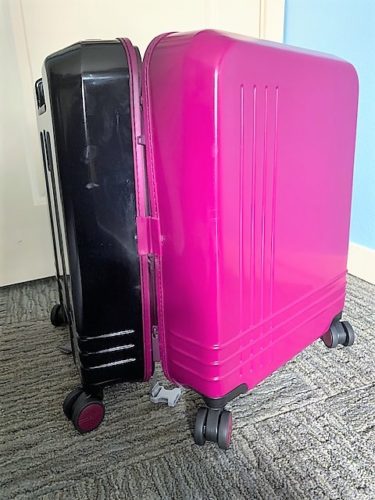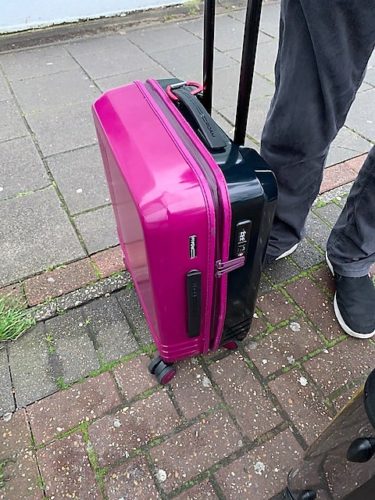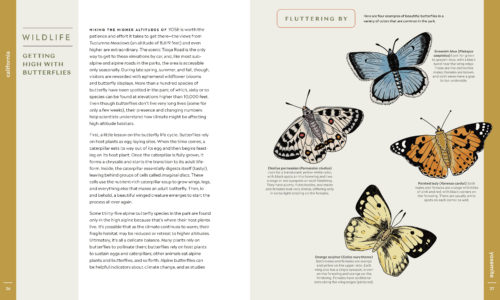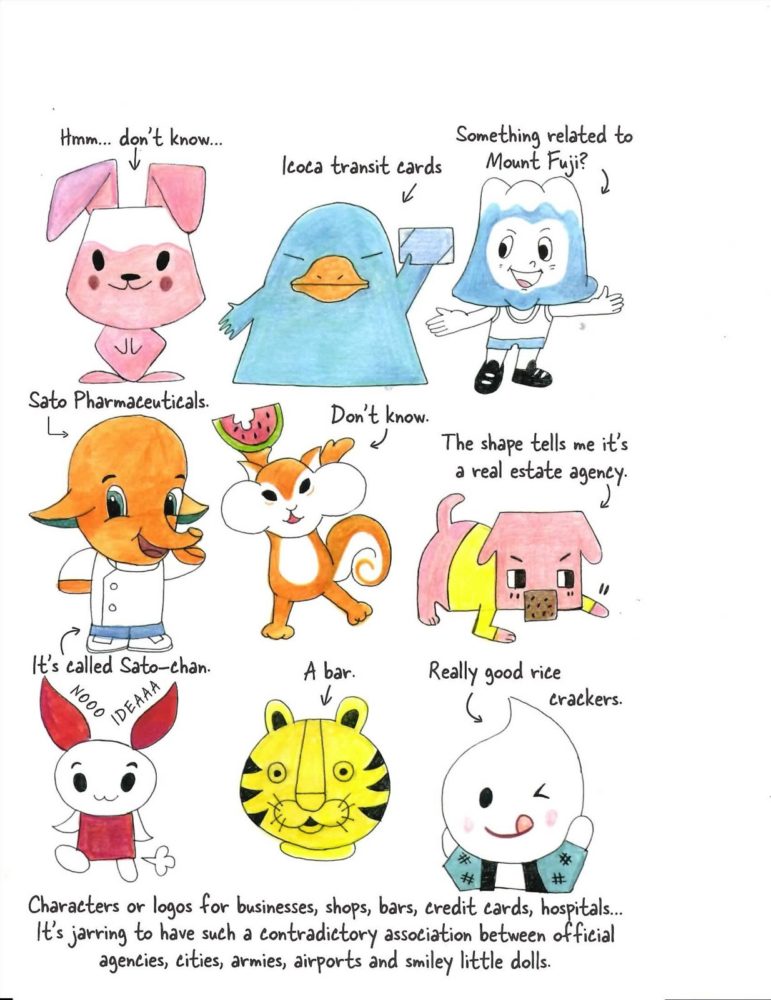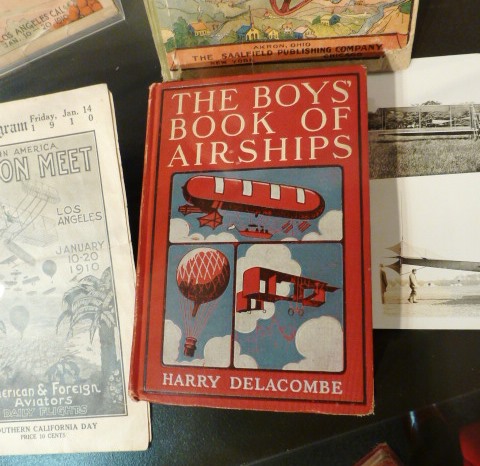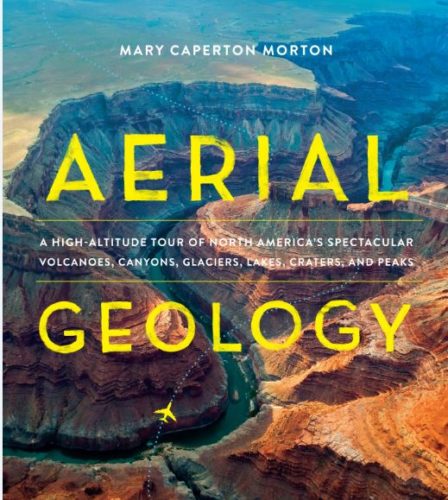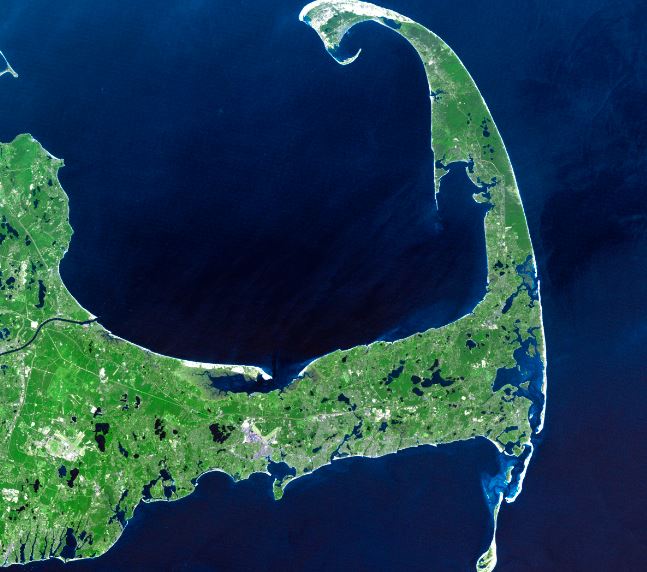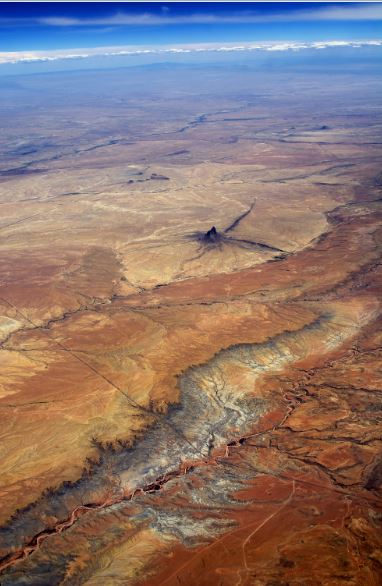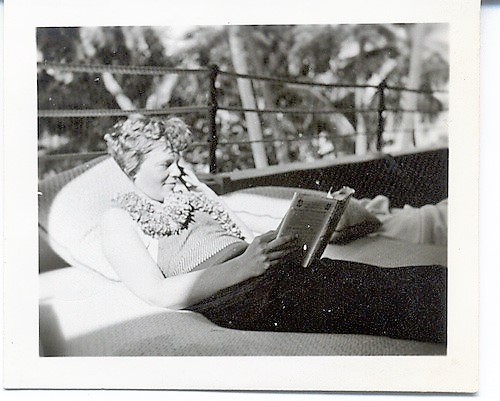
August 9 was National Book Lovers Day and we celebrated by visiting some of the places in Seattle that are featured in our new book, 111 Places in Seattle That You Must Not Miss, which begins shipping today.
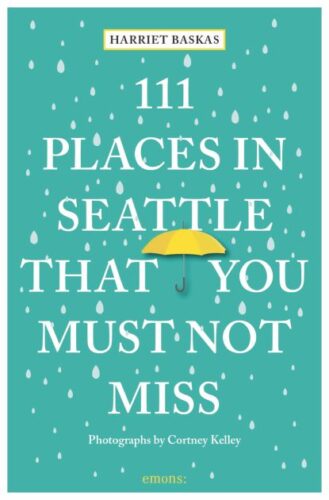
The book is part of the international 111 Places series, which offers locals and experienced travelers guides to hidden treasures, overlooked gems, and charming curious places in great cities.
For the Seattle guide, I’m pointing readers to many airport and aviation-related items around town, including the art collections at both Seattle-Tacoma International Airport (SEA) and King County International Airport – Boeing Field (BFI).
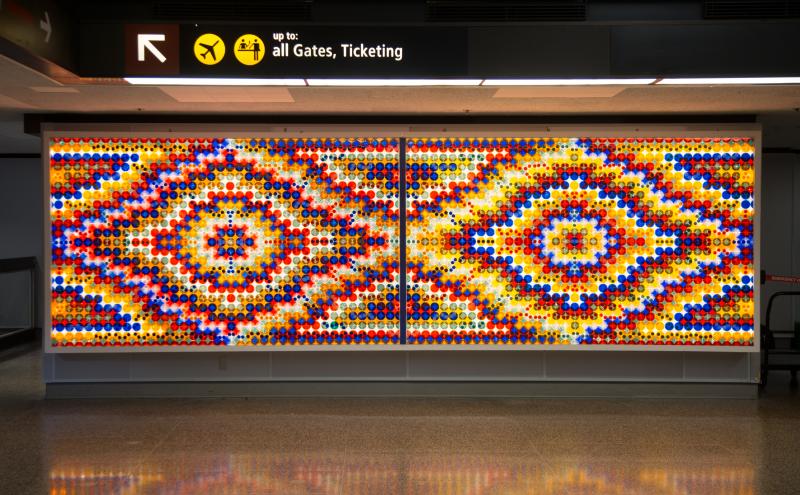

The Museum of Flight is represented in the book, with the story of the Taylor Aerocar, an early flying car that worked.

And we also point people to the tiny pocket park on the shores of Lake Union where they’ll find a plaque marking the spot where the first Boeing plane took off.
The plaque reads “From this site, Boeing launched it first airplane, the B&W, in 1916.”
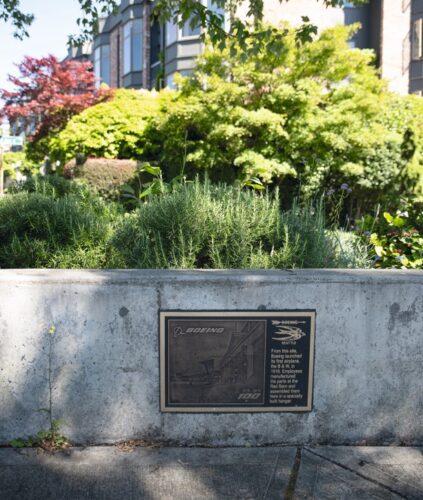
Of course, there are plenty of other non-aviation sites in the book, including the Giant Shoe Museum, the world’s greenest commercial building, a haunted staircase, the Rubber Chicken Museum, a shop where you can buy personalized magic wands, the place where you can rent a rowboat for free, and lots more.
We hope you’ll get a copy of 111 Places in Seattle That You Must Not Miss from your favorite bookseller.
